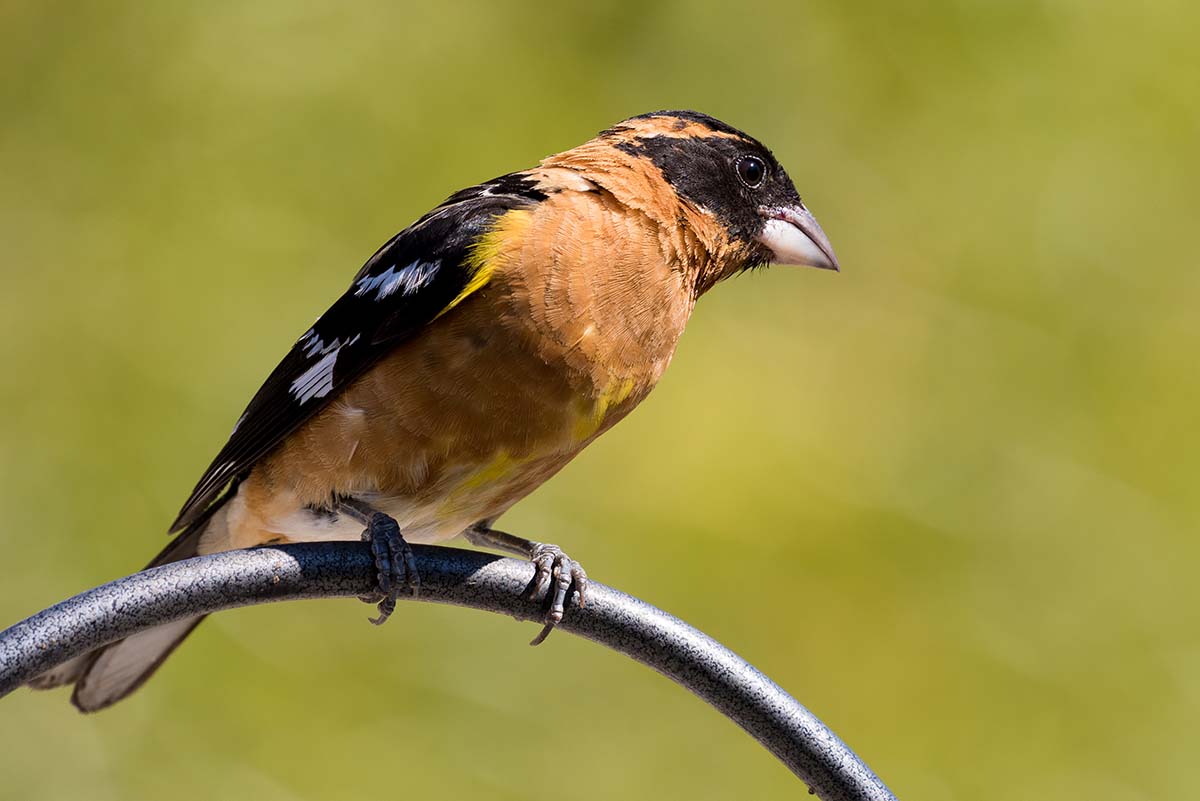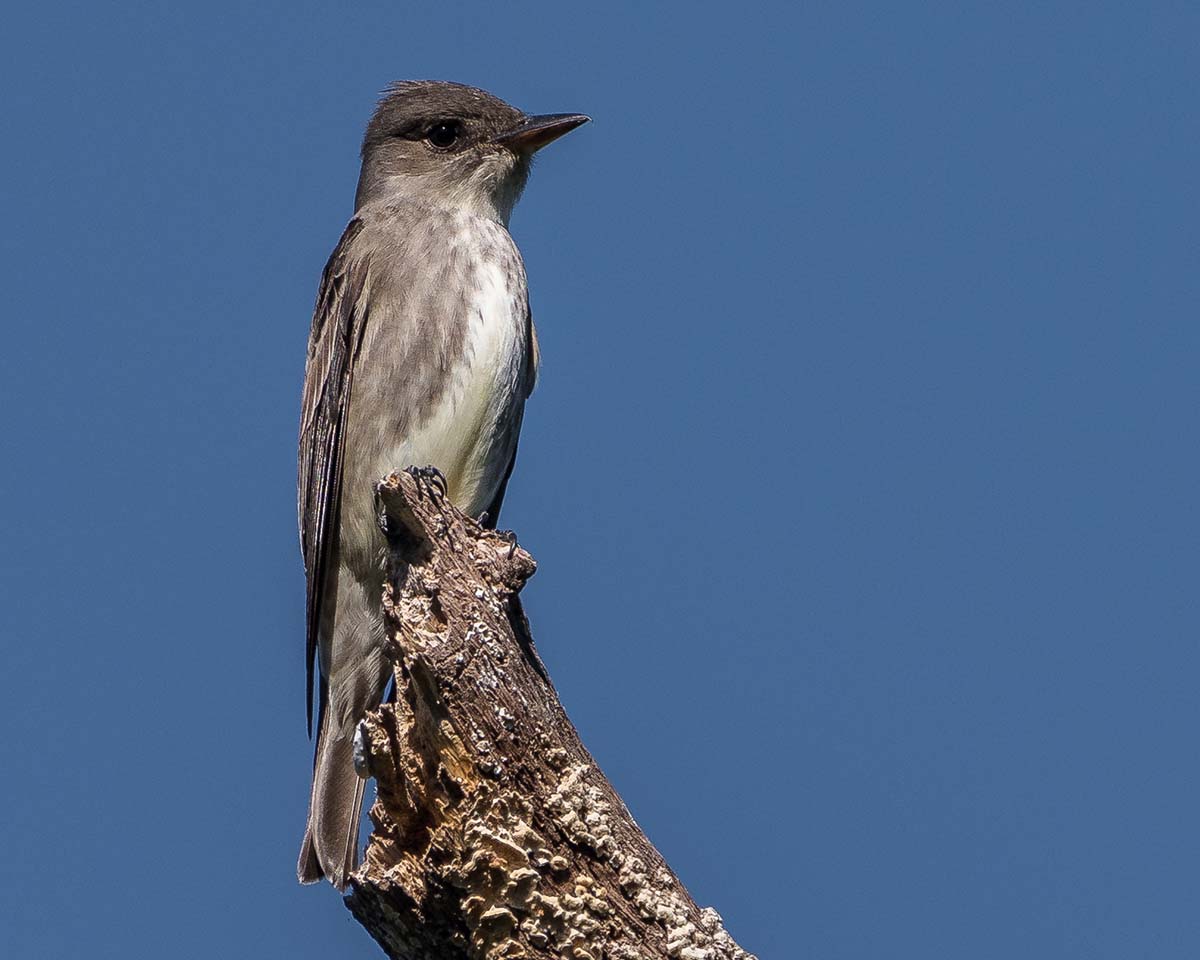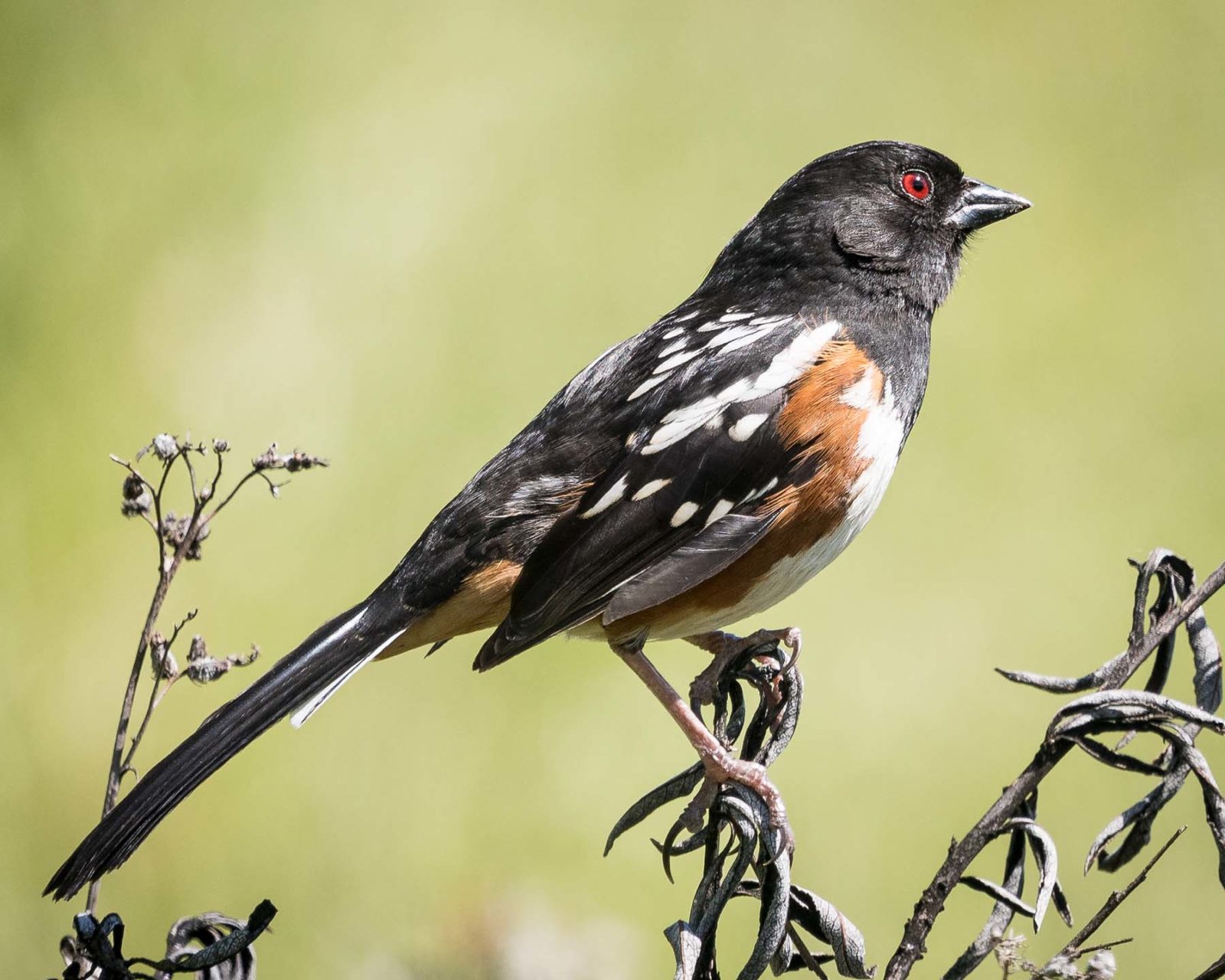In the thickets of coastal scrub in Point Reyes National Seashore, a band of spotted towhees hop around, branch to branch, kicking and scratching, foraging for insects, berries, and seeds. Judging by the brownish color of their bodies—which will someday boast jet-black upperparts with white spots, and a white belly with pumpkin-colored sides—these birds were born only 10 days ago, give or take, probably in the same shrubby habitat of the same area of Point Reyes that their parents (and their parents) occupied before them. It’s the birds’ first time leaving the nest, so they don’t know how much this land has changed. Or how lucky they are to be here. Or all the ways that human borders, politics, and actions will define their future — and, through their fate, our own, too. On the same note, their very presence (and abundance) may serve as a testament to the effectiveness of safeguarding the natural world.
The causes of biodiversity loss are global: habitat destruction, climate change, pollution, overconsumption. The major policies to enhance biodiversity, likewise, often highlight general goals of protection at scales and timeframes difficult to connect back to specific places or individual species. In California, for example, Governor Gavin Newsom has ordered the state to conserve 30 percent of its land and waters by 2030. President Joe Biden issued his own executive order in January for a national 30 by 30 plan. Both of those plans rely on a common belief that protecting land works to help biodiversity.
Surprisingly, very few studies have tested this assumption. So, in 2019, a group at Point Blue Conservation Science decided to study the lives and fates of bird species in protected areas of central coastal California to compare against regional trends. In July, they reported their results in the journal Ornithological Applications: in this case, protected areas worked.
“Given the widespread declining population trends in bird species, we thought it would be incredibly valuable to try and document what conservation measures in use are really making a difference,” said Mark Dettling, a senior avian ecologist at Point Blue, and lead author of the paper, in an August press release.
Since 1970, North America has lost nearly 3 billion birds — that’s more than one in four of its birds, which include the eastern and western meadowlarks (down by 139 million) and dark-eyed juncos (down by 168 million). Even common birds such as sparrows and blackbirds are in decline. Since birds are superb indicator species, studying their population trends can be a useful way for evaluating the environmental health and ecosystem integrity of an area they frequent.
Using data that was collected in protected riparian corridors in coastal Marin County over a period of 25 years, scientists from Point Blue analyzed the population growth rates of 14 bird species. What exactly is “protected” and what is not can be a contentious determination, says Jonas Geldmann, a scientist at the University of Copenhagen and chair of an International Union for the Conservation of Nature management effectiveness group. But the IUCN provides a definition that is broadly accepted across the globe, which goes: “A protected area is a clearly defined geographical space, recognized, dedicated and managed, through legal or other effective means, to achieve the long term conservation of nature with associated ecosystem services and cultural values.”
“This definition is fairly wide and allows for sites that also have human activities going on, as long as these activities doesn’t prevent the protected areas from conserving the natural features found within their boundaries,” Geldmann said in an email.
“Protected,” for the Point Blue study, consisted of prohibitions on extractive activities, including logging, mining, and hunting; some areas permit cattle grazing or silage production. Public recreation is allowed with motorized access restricted to roads. The protected areas included two federal parks, Point Reyes National Seashore and the Golden Gate National Recreation Area; one state park, Mount Tam; and one open space preserve, Bolinas Lagoon. The scientists compared the growth rates of birds in the protected areas to growth rate estimates from the North American Breeding Bird Survey, which includes larger, regional bird populations in protected and unprotected areas.
The 14 bird species in the study were grouped by their migratory status and habitat association: migratory riparian specialists, resident riparian specialists, migratory riparian users, and resident riparian users. Species grouped under riparian specialists—like the black-headed grosbeak—mainly breed in riparian habitat, but not exclusively; riparian users—which include orange-crowned warblers—are species that breed mostly outside of riparian habitat. Resident species spend their entire life cycle in the protected areas, while migratory species spend at least half of the year outside the protected areas.
None of the 14 bird species had special conservation statuses. The scientists instead focused more on species that were common and representative of the riparian habitat. “A lot of conservation work happens before a species becomes endangered,” Dettling said in a phone interview in August.

Of the 14 bird species the study analyzed, nine had better population trends in protected areas compared to regional average population trends. The scientists found evidence of benefits to both resident and migratory species, as well as to both riparian users and specialists. The spotted towhee, a resident riparian user, had one of the highest growth rates in the protected coastal Marin sites — it more than doubled the average growth rates of its regional counterparts. The Swainson’s thrush — a migratory riparian specialist — also had one of the highest growth rates, nearly doubling its counterparts.
Although the Point Blue analysis showed that the study areas do effectively conserve populations of many bird species, it doesn’t necessarily address how the conservation process works.
“That’s what our study points to next,” Dettling said. “Our study is not able to provide any answers of why these differences might occur. But the power of this study is to show that those differences are there and need further study.”
Past evaluations of the effectiveness of protected areas have shown mixed results. One 2013 study, led by Geldmann, looked at the extent to which protected areas deliver conservation outcomes in terms of habitat and species protection. Whether or not protected areas safeguard animal populations from the negative effects of habitat loss and degradation, the scientists found, depends on the area being sufficiently secured and managed.
“Seventy-five percent of the world’s protected areas lack adequate resources,” Geldmann said. “They also lack proper planning, which includes identifying the major threats and the actions needed to abate them.”
Governance also plays a major role. Protected areas with inclusive governance structures and equitable management — sharing of benefits and burdens — often outperform more traditional protected areas relying on national level management without including local communities, Geldmann said.
Other factors that contribute to the effectiveness of protected areas include how long a species spends its life cycle in the area and how much it relies on environmental conditions that are changing with climate change, and if the protected area is the appropriate size for the species of interest.
Only two bird species in the Point Blue study fared worse in protected areas: the black-headed grosbeak and olive-sided flycatcher. Scientists think the low rates could reflect the steep declines of these species continent-wide; however, for the olive-sided flycatcher, they say the bird doesn’t rely heavily on riparian areas, so the locations they covered may not be the best areas to do a full study of the species.
“There’s still a lot to learn about the entire life cycle of these species and what challenges they’re facing,” Dettling said. “We’ve got this overarching effect of climate change, which is just changing things in nuanced ways. It’s possible that the black-headed grosbeak, for example, is more sensitive to some changes than the Wilson’s warbler. The safeguarding effects of the protected areas might be doing well to provide resources for Wilson’s warbler, but not doing as good of a job for the black-headed grosbeak.”

The challenge going forward involves not only studying the reasons why some bird species fare better than others in protected areas, but it also involves suggesting conservation actions that are needed to sustain populations of species of all different kinds. As the Point Blue scientists point out, all the coastal Marin sites in the study “provide a high degree of protection to the flora and fauna within their boundaries in terms of direct human impacts.” Most extraction activities such as logging, mining and hunting are prohibited in these protected areas, and mandates to conserve biodiversity have been in place for over 40 years. “Increasing the area of land under similar protections and management would lead to more positive bird population trends region wide,” the scientists write.
“That [Point Blue] study is very consistent with conservation biology principles and the underpinnings of the 30 by 30 goal,” said Jennifer Norris, deputy secretary for biodiversity and habitat of the California Natural Resources Agency, who is responsible for overseeing the statewide biodiversity strategy, including the California Biodiversity Collaborative.
Norris maintains that if people are to quell the extinction crisis, we need to protect more spaces from destruction and loss of habitat. Though when it comes to conservation, she says, one size doesn’t fit all. “There are lots of ways to achieve it; lots of different ways that the federal government, local governments, community organizations, and land trusts do conservation,” she said. “It happens on public lands, private lands, working lands. Everything from wilderness to working lands can contribute to biodiversity and protection of open spaces, helping us with climate resilience and sequestering carbon.”
Norris and her team have until February 1, 2022 to develop and report 30 by 30 strategies to Governor Newsom. They’ve been doing public engagement, talking with scientists — including ones from Point Blue — community organizations and California Native tribes, asking about the 30 by 30 goal and what lessons about conservation should be taken into consideration. The intent is to build on that knowledge and experience and use it as a “pathway to success.”
“The state will certainly make investments, but we need to work with our federal and local partners and community organizations because on the ground is where conservation happens,” Norris said. “That’s where decisions get made about which riparian area is going to get protected. It happens in a local community of people that care, who come together and help make that happen.”





